November 18th, 2023 Issue
Thinking At A Microbiological Level / Godly Faith vs Presumption / Giving Seedlings Plenty Of Space / Understanding Population Density / Float Fishing #7 Rod Length / Fly Tying #7 Woolly Bugger
Some House Keeping
If you are seeing the message, in the photo just below this paragraph, at the end of your email just ignore it. I explained a few newsletters back that I was going to turn on the ability for people to make pledges. Quite a few people wanted to be able to support my work. So I turned on the payment process. After doing it though, this message has been added to some of the emails. I do not have a special newsletter for paid subscribers. All my work here on Substack is free for everyone to read. I am not savvy enough though to figure out how to get rid of the notification. If someone else does know how, please let me know in a comment below. Thank you!
Don’t Miss Out On The Full Series Of Articles
The articles in each issue of this newsletter, are part of a teaching series. In order to get the full benefit of what is being taught, you will definitely want to read the previous newsletters. If your email provider is not able to show you the full newsletter, then you can follow this link to go to my Substack website, where you will find all the past issues in their entirety. I hope you are enjoying the content. Craig Schaaf
Thinking At A Microbiological Level
Many gardeners have not really learned how to harness the power of microclimates in their growing areas. People understand that in our northern hemisphere the south facing side of the house stays much warmer. Low areas will collect the colder air that settles there. These are ideas that many are familiar with. But thinking of microclimates, at a microscopic level, is a foreign thought. You could refer to them as nano microclimates.
One teaspoon of well made compost can have six billion microbes. There can be many thousands of different species present, with the average life span of around 20 minutes. These are staggering numbers when we consider what is happening underneath our feet everyday.
Now I want to stretch some of you in your thinking. The amount of moisture, the soil temperature, and the available food sources all affect the activity of these microbes.Now, you need to catch what I’m about to tell you. If you do, it could have a big impact on your growing area. God created each of these different microbes with different needs in regards to the temperature and food they need in order to be active.
If your garden is just bare soil, and it is getting baked by the sun every day, you will have a group of microbes that will be active, especially bacteria. As the sun goes down, and the temperature cools in the evening, the activity of some will decrease and others will become more active. This is assuming the soil has moisture. Now bring in a simple oat straw mulch and cover the soil surface. This will create a new community of microbes and more diversity that will become active throughout the day. In another area, put down a mulch that is made with 10 different kinds of plant material. With this diversity of material, comes a diversity of different microbes. This area will be even more beneficial.
Now let’s start to add what I refer to as nano microclimates. We place a rock, the size of a soccer ball, on top of the 10 mix mulch. All around that rock, you have huge microclimates for microbes. These are massive mountains to them. The south side is warm. The back side is cooler. Underneath is cooler and full of life decomposing the mulch.
As your plants’ roots enter these different zones around that rock, the different temperature variables present at one time allow that plant to enjoy symbiosis with many different species. This wouldn’t be possible without the different temperatures happening at once. However, the more species you can have actively interacting within your growing area, at any given moment, increases the resiliency of your garden. Ok, so go back and read this paragraph again, until it really starts to sink in.
So, the key is using lots of different kinds of mulches as food sources, and lots of different tiny temperature variables, along with a good steady source of moisture, to keep everything active. This is a recipe for success. God bless your efforts!
Godly Faith vs Presumption
Back in the winter of 2005, my wife and I were having some quiet time in our bedroom. I had been speaking to the Lord about what I should plant come spring, because it was going to be my first attempt at making my living as a farmer. I had only just had my first garden ever in 2000.
After spending some time seeking Him, I felt I had heard my answer. I turned to my wife and told her the Lord wanted me to build three hoop houses, and plant 300 tomato plants. She about fell off the bed! The first words out of her mouth were “but Stephanie had 34 plants and didn’t know what to do with all of them!”
One of my favorite quotes is: “Until you allow God, to put you in a place, that unless He acts you will be an utter failure, you will not see the power of God”.
Faith is hearing what God has said, and acting in accordance with it. Presumption is coming up with your own grand plan, and hoping God will back you up! Read that again.
So I built the three hoop houses and planted the 300 tomato plants. When I bought seed, I had peace to get many different kinds of colors and stripes of heirloom tomatoes. Four months past and the first few harvests came in, and it about filled the dining room table!
I stood at the end of the table, and I did what our Heavenly Father loves for us to do. I just said to Him “You said!”
At that time, a friend of ours had had a bad farming accident. He was laid up in bed and they weren’t going to be able to have a garden that summer. So I told his wife to come to our garden and glean as much as she wanted. She took us up on it, and one of the times she came over she saw my tomato plants and said, “do you realize what you have here?” I told her “a lot of ripening heirloom tomatoes”!
Without telling me what she was going to do, she went home and made a call to a chef and told him what I had. Her husband, that was in bed, had grown heirloom tomatoes for this chef the year before. The chef called me and ask me to bring a sample of 10 lbs. He specifically said “bring me everything that doesn’t look like a tomato”. In other words he didn’t want just a typical red tomato. That’s what I had!! I took him the ten pounds, and before I even drove out of town to go home, he called me again and asked how many pounds I could bring him. I told him 100 pounds. He blew through those and proceeded to use everything I could bring him. In fact all these years later, we still just grow for the one Chef.
I share this story not to bring any attention to me, or for me to receive glory. I’m sharing it with you, so you will understand that walking by Faith is not foreign to me. In fact it’s precious to me! I’m going to be speaking to you about obedience to Christ. These days everyone will try to write you off as legalistic, if you talk about obedience and Christ’s commandments. Hang in there, to those that are willing to have their faith exercised, there will be a glorious benefit!
If you know someone you think would benefit or enjoy this newsletters content, please take time to share it with them. Thank you!
Giving Seedlings Plenty Of Space
Once someone has achieved a good soil block mix, the second most important aspect of producing really high quality seedlings, is giving them lots of room. Over the years I have witnessed many seedling growing situations. Very rarely will I see a situation that permits plants to have all the space they need. Of course on a commercial scale financial gain is the dilemma. In fact special products have been made to stunt the growth of plants to keep them compact and not grow tall and lanky. That is how these businesses can sell fifty tomato plants to a flat, so cheep. Plants that I am producing will be ten times as big at the same age. Companies that are stunting their growth on purpose, do not have the customer’s interests in mind.
In the photo below I want to draw your attention to a few things. First of all, I always start my pepper plants two weeks earlier than my tomatoes. They are a little slower growing. The peppers are on the floor to the right. They had been eight large blocks to a flat, now they are at four blocks per flat. I don’t want any of their leaves competing with one another. Once that starts to happen the plant will shift gears and start to put its energy into producing more stem to grow taller. Rather than maximizing their photosynthetic potential in their leaves. I hope you catch on to how important this is.
The second thing I want you to catch, is how small the tomato plants are that are in the flats on the jars. They seem small for the size block I have them in. ALWAYS give your plants plenty of soil.
I will sow two times as many tomato seeds as I will need. This allows me to choose the very nicest plants. Once I can discern which are the best plants, I will immediately put them in a larger block. By the time these tomato plants are four weeks old they will be four to a flat like the peppers. By the time they are six weeks old, three to the flat. If I end up holding them to eight weeks, two to a flat. At ten weeks, in my largest block, they are one per flat. There is a single large plant in the photo as an example. That plant is about twenty four inches wide, and tall. At the point that a tomato will grow taller than it is wide, even giving it all the space it wants, that plant better be put into the garden as soon as possible. It will become stunted and stressed if something isn’t done immediately.
I hope this is helpful to you. I know that many of you have limited seedling space. Something that would help is to not start them so early. This is the other common mistake I see, people sitting with tomato plants that are twelve weeks old, in not nearly enough soil. The plants are weak and spindly, and have bad color. If they had saved themselves six weeks work, and started them later, they would have nicer more productive plants. If you’re on social media and seeing gardeners in Florida with seedling going, but you live in Michigan, hold your horses. You will have to learn the proper timing for your area. A younger plant, in ample soil, will always out produce, an older stunted stressed plant. Save yourself the work.
I cannot help you at all with grow lights. I have not used them. I am yet to see as high a quality seedling produced, even under expensive lights, as I can achieve with natural light. Plants that have experienced the full gamete of cloudy days, bright sun, and even moon light at times. Those were the conditions God designed plants to experience. There isn’t a grow light that exists that can pull that off.
For some of you, a seedling structure, could be as easy as making an area surrounded by hay bales. Kind of like a cold frame. Then protecting them with old windows over the top, or a piece of clear plastic. At night, you could even throw over the glass some old blankets to protect them further. You would have to watch them like a hawk. If it was full sun, they could cook to a crisp under the glass with no venting. But if it became cloudy on a cool day they would have to be covered carefully. This kind of attention to detail, moment by moment, is certainly not possible for everyone.
I hope this is a help to your seedling growing efforts. Feel free to leave any questions you may have in a comment below. So others can benefit as well. God bless your efforts!
Understanding Population Density
Before I start to get into posting about specific plants and mushrooms, I feel like I need to discuss a really important issue. That is the concept of understanding the kinds of population density that is needed for you to be able to take a wild harvest. I will discuss this at times in the future as we are dealing with specific plants. Of course this discussion is assuming that the plant or flower you desire to harvest is legal to harvest in your region. This can be different from state to state, so you will want to check your local ordinances.
It will also depend on what you are harvesting. If you are dealing with a plant that the tuber, leaves, and flowers are all edible. Then pulling one leaf, or a single flower will not effect the situation near as much as you pulling the whole plant. On our homestead, we have close to an acre in our forest, of Trout lilies that come up in the early spring. It is like a carpet in some places. I couldn’t begin to put a dent in its population just harvesting for personal consumption. We also have wild leeks in good numbers. My personal harvests are not an issue. A commercial forager could wipe them out in one harvest. This has happened in some areas, where they are in great demand from higher end restaurants.
As a gardener this is an easy concept for me. I grow shallots. Similar in its growth habits to the wild leeks. If I want more shallots next season, I need to make sure I save some to replant in the fall so I will have more next year. With wild leeks I don’t ever have to plant them. They are always there. Even now, as I am writing this, I can go out into the forest, and harvest some of the bulbs. Because I know where they are located. I don’t have to see their spring foliage, if I am aware of their location.
A good rule that I have heard some foragers use, is to only take a limited amount. Leave plenty, so if another forager comes along that did not know you took a harvest, there is still plenty for them, and plenty to continue the wild population. This is one of the reasons that I focus on such a diverse diet. When I consume many hundreds of different species throughout the year, I only need a very small amount of each to meet my needs. Most people only eat a few dozen different things throughout the year. They are way more needy, and the demand is much greater per species.
With mushrooms this really isn’t an issue. When you harvest a Chanterelle, you are taking a fruiting body that is preparing to spread spores, that will colonize a new area. This is why many mushroom hunters carry their harvests in a mesh bag, so as they walk mushroom spores are being widely distributed. If you harvest all the mushrooms in an area, you are not effecting the mycelia underground. That mycelia, as long as it has the food it needs, through symbiosis with a plant or decomposition of a certain substrate, will continue to fruit for you year after year if there is adequate moisture present.
Remember my future posts are not going to be technical for the most part. I will share the scientific name along with the common name we use in our region. Once you know the scientific name you can study and get as technical with it as you desire. My desire is to inspire you, by showing you what I am doing throughout the year in the region I live in. God bless your shopping trips, into His free grocery store!
This photo is of a wintergreen plant that has a berry. This photo was taken in December after we had already had a foot of snow, that had melted off. I was hunting Chaga mushrooms on birch trees the day I took this photo. So foraging can be a year round endeavor to those that know what they are doing. I will be covering Chaga and Wintergreen in future issues, Lord willing.
Float Fishing Lesson #7 Rod Length
When I use the term rod, I am referring to a fishing rod with a reel. When I use the term pole in the future, I am referring to a pole that has no reel, and the line is attached to its tip.
Generally when I am float fishing, I am fishing with as long of a rod that is comfortable for the situation. If I am fishing Brook Trout on a very tiny, brush choked stream, then I may be fishing with a favorite four and half foot rod. But in most situation you will see me with a rod that is from nine - thirteen foot long.
There are three really important reasons for this. The first, is that it allows me to cast much further. The second, is because of these long casts, it allows me more leverage to set the hook at much greater distances. The third reason is line control. If it is very windy, it allows me to push the tip of my rod into the water and submerge my line all the way to the float, to cut the drift and keep my float in place. It also allows me to mend my line, or control the lines drift much more effectively in a river situation. I will go into more detail about each of these, in the future as we discuss specific fishing situations.
One of my favorite rods, that has landed many large fish, was a 9 foot, 4 weight, fly rod blank. I had a friend make it into a spinning rod. You want a supple tip, with a strong backbone. The supple tip gives you shock absorption with the light line. But the strong backbone gives you the power to move a large fish. With that rod I have landed quite a few large carp in the twenty pound range on four pound line. That is just like landing a twenty pound Steelhead on four pound line. It is quite a treat. In fact there are some nice float rods being sold for Steelheaders here in America.
This brings up something I wanted to talk with you about. That is, how to source the different kinds of tackle we will be talking about. Thirty years ago it was much easier, because my coach, Mick Thill, had his own line of floats that were even being sold in Walmart. Myself and several others had mail order companies that imported high quality tackle from England and sold it here in the States. In-Fisherman magazine was doing feature articles on float fishing. If you can find an archive of older magazines from the late 80’s through the early 90’s you will find these great articles. My picture is in one of those articles. Some of the writers at that time were friends of mine. All these years later, the only group of fisherman that really made the most of that education, were the Steelhead fisherman. Many of them have learned how to float fish, with a high level of skill.
Many expatriates from England, that live in Australia or America, will order through a company called Angling Direct. You should go to their website. The float selection will blow the minds of most bobber fisherman here in America. Their website will stir up all sorts of questions for you.
I do have some extra floats, beyond what I need. If someone wants to enquire about those just leave a comment bellow. I am also planning on showing you how I make my own floats as well. That will be towards the end of the series though.
When I have taught this in the past, I have had some people be frustrated that getting some of the equipment was difficult. I am sorry that is the case. My focus will be passing on to you what I know. Remember my teacher was one of the best fisherman of his time in the world. To those that are innovative and tenacious about finding what they need, this series will transform their fishing to a whole new level.
Fly Tying Lesson #7 Woolly Bugger
In this lesson I will show you how to tie one of the most effective trout and bass flies I fish with. It imitates and undulating leech very effectively. I hope you enjoy the lesson.
https://rumble.com/vwldih-fly-tying-class-lesson-7-woolly-bugger.html

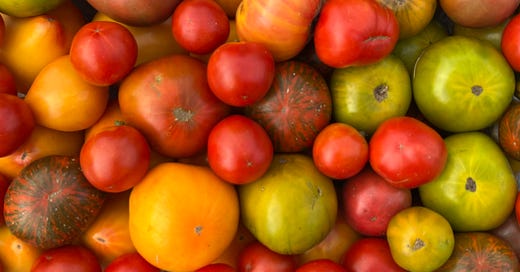



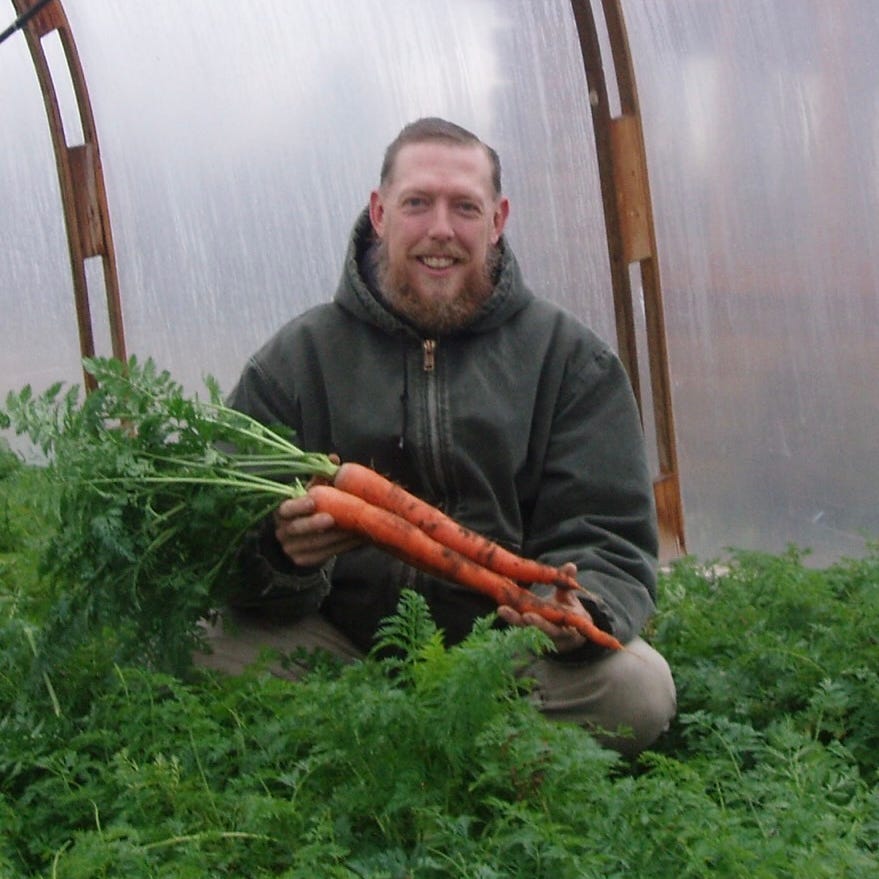




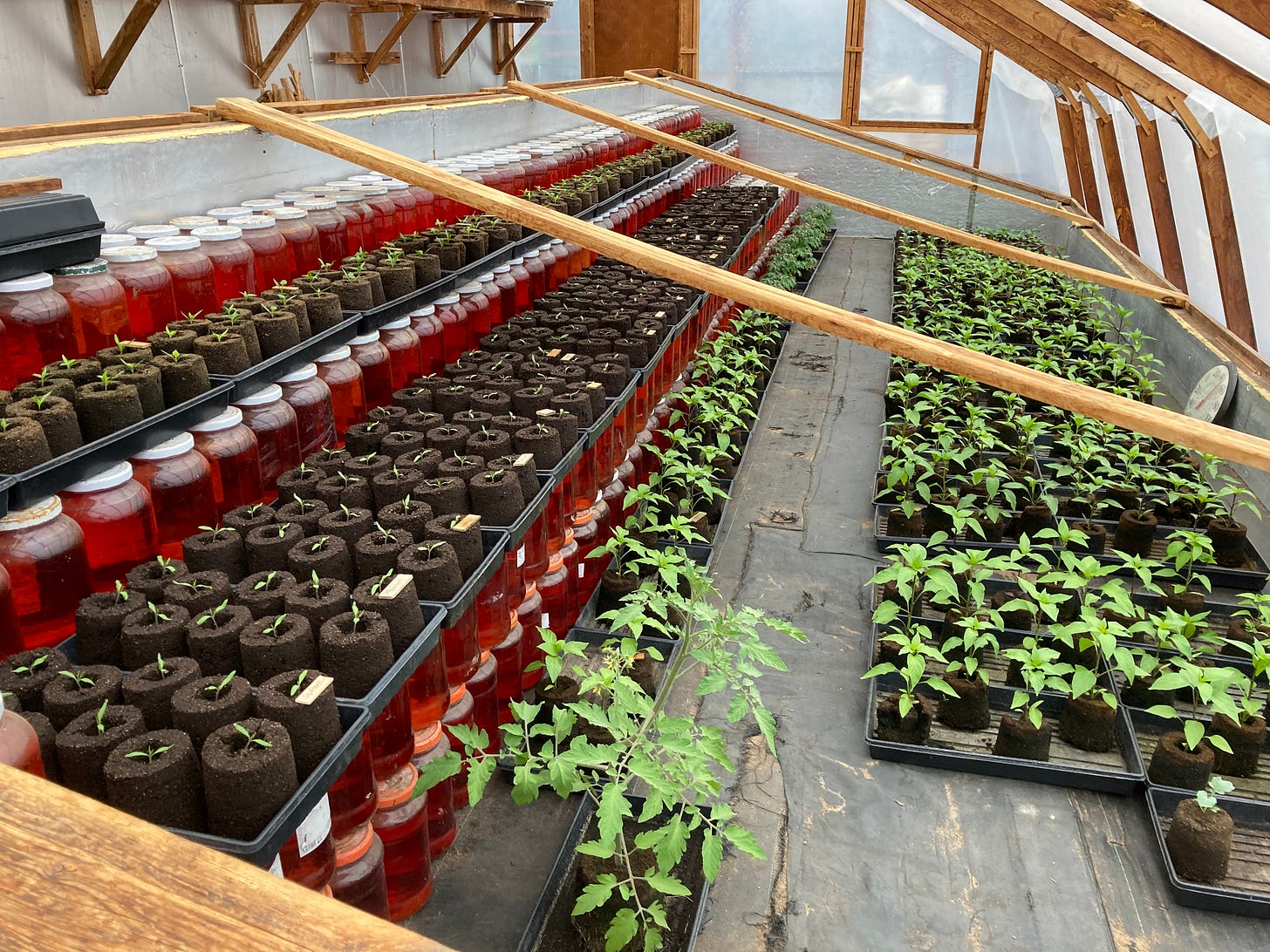

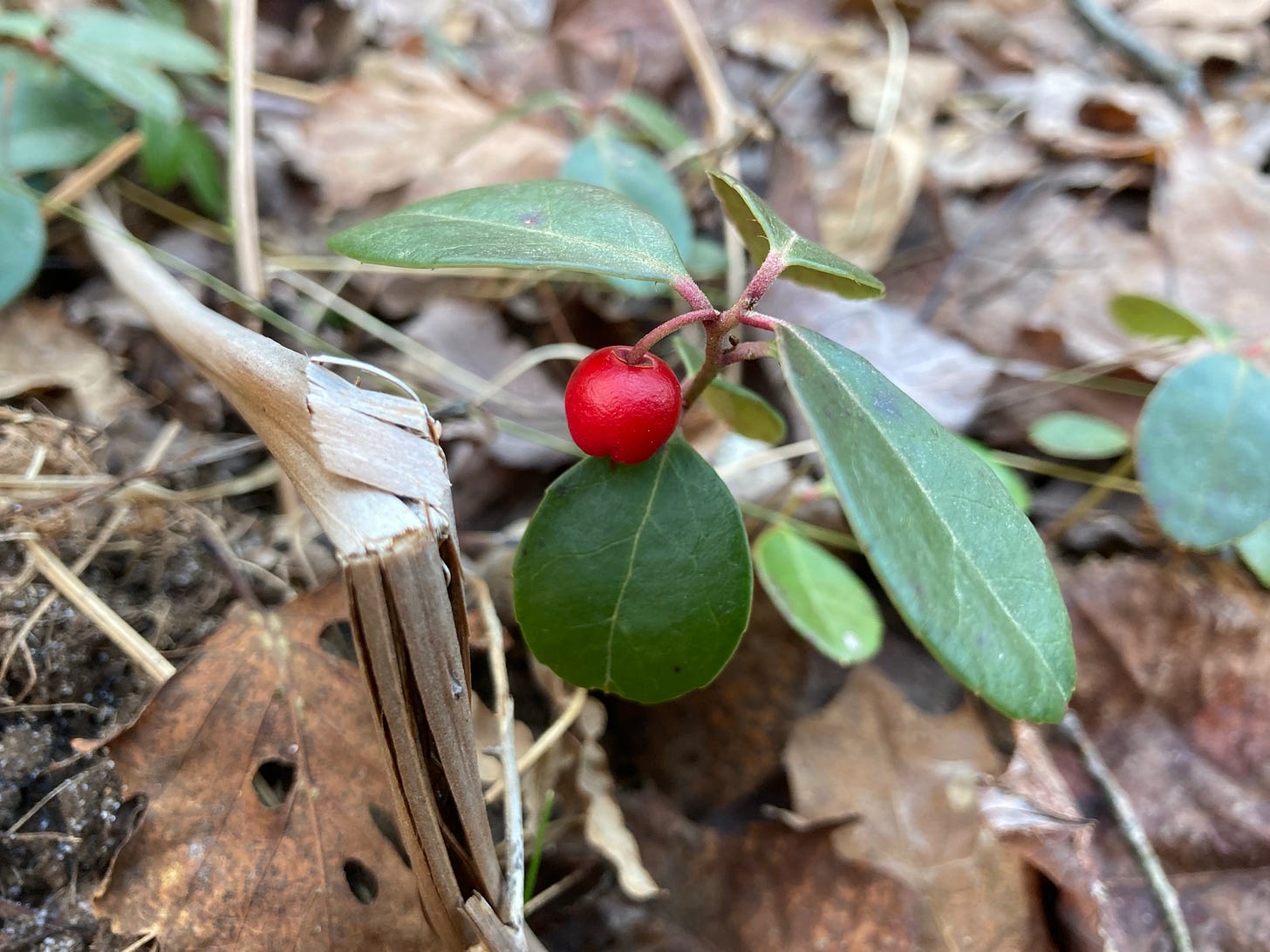


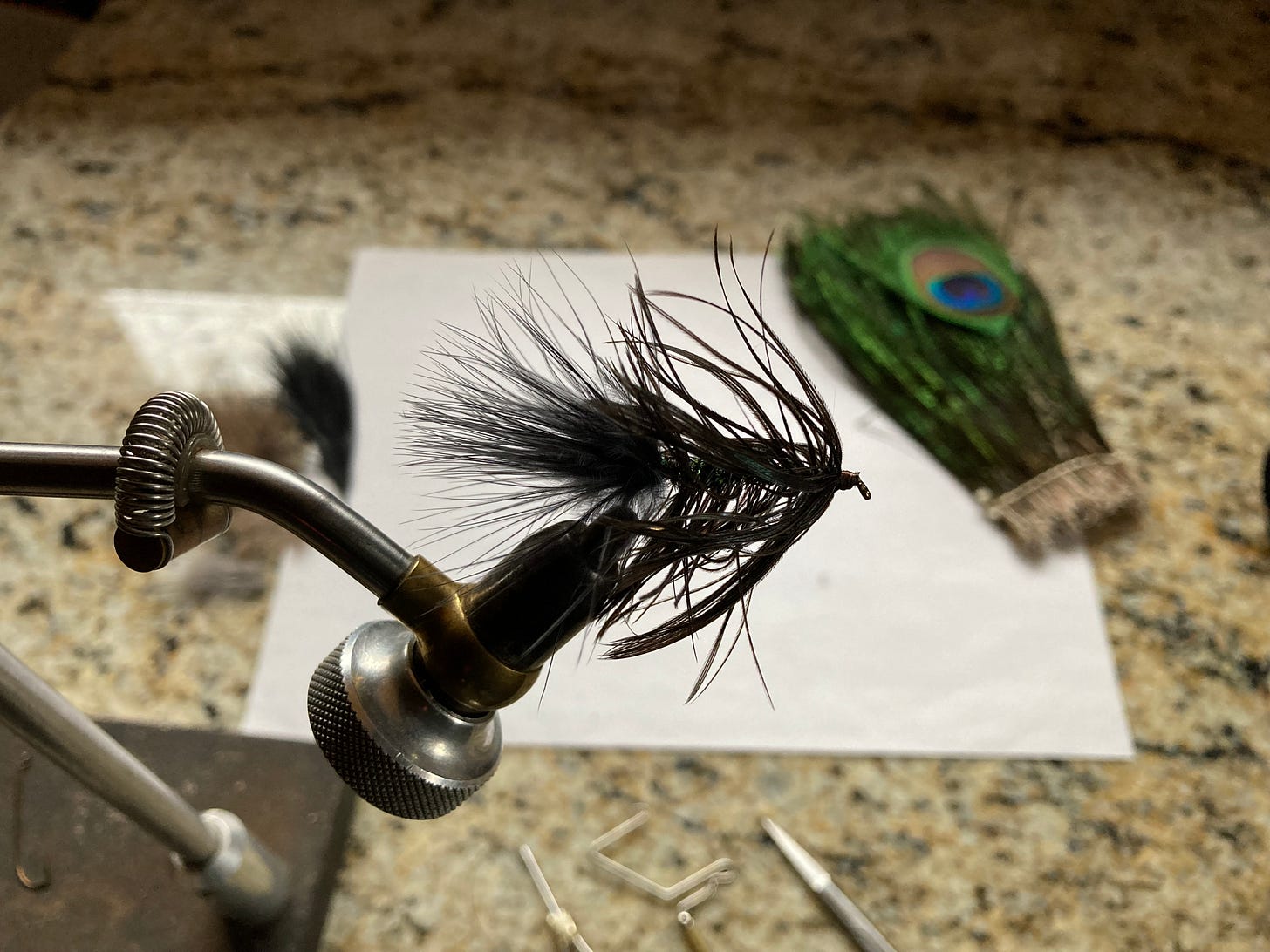

Thank you ror sharing your wisdom, experience, and Faith! I look forward to every new issue trying to glean the most I can from them for myself and people in my world.
Hi Craig. These newsletters are fabulous!! I especially am learning more about float fishing. I learned my fishing lessons well, as a kid, but you’re opening a whole new world of information for me. I will visit the website you suggested for purchasing floats. (Hope they have information on which ones are best for bluegills, etc. of course, love the ministry you have incorporated in the newsletter along with reinforcing the gardening knowledge you’ve taught me.